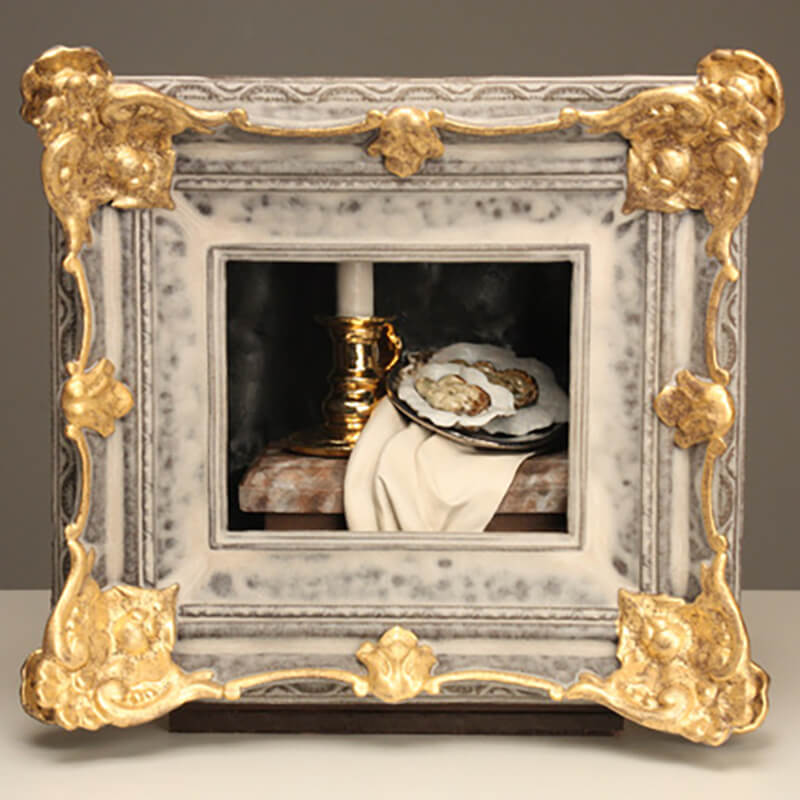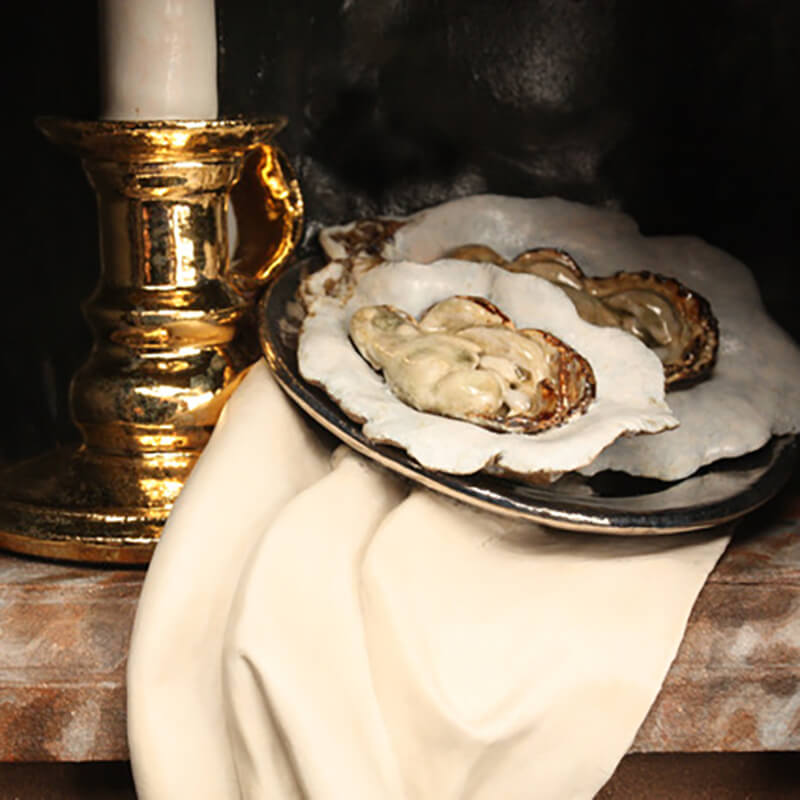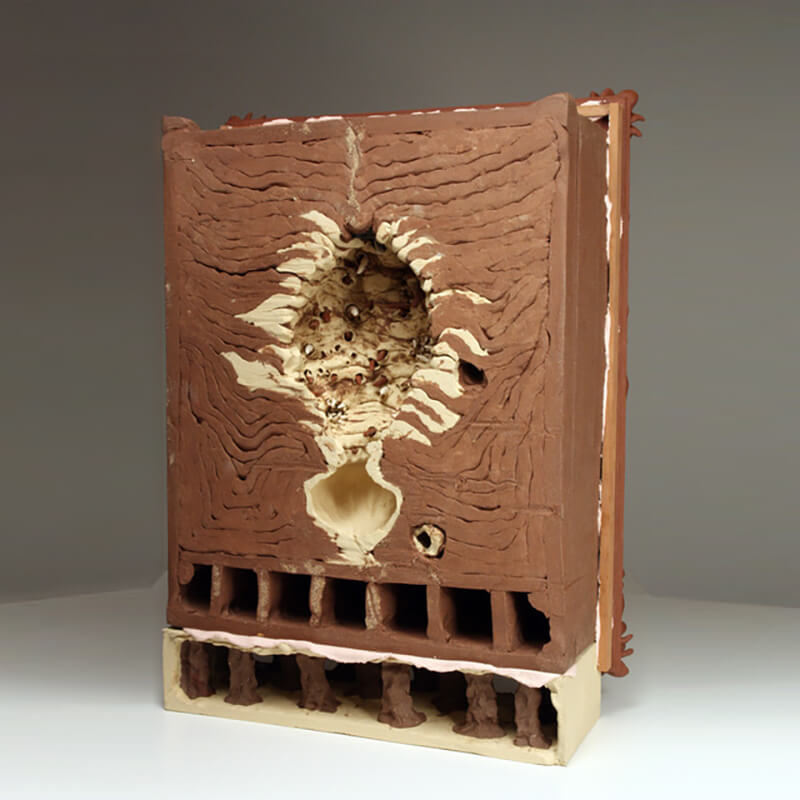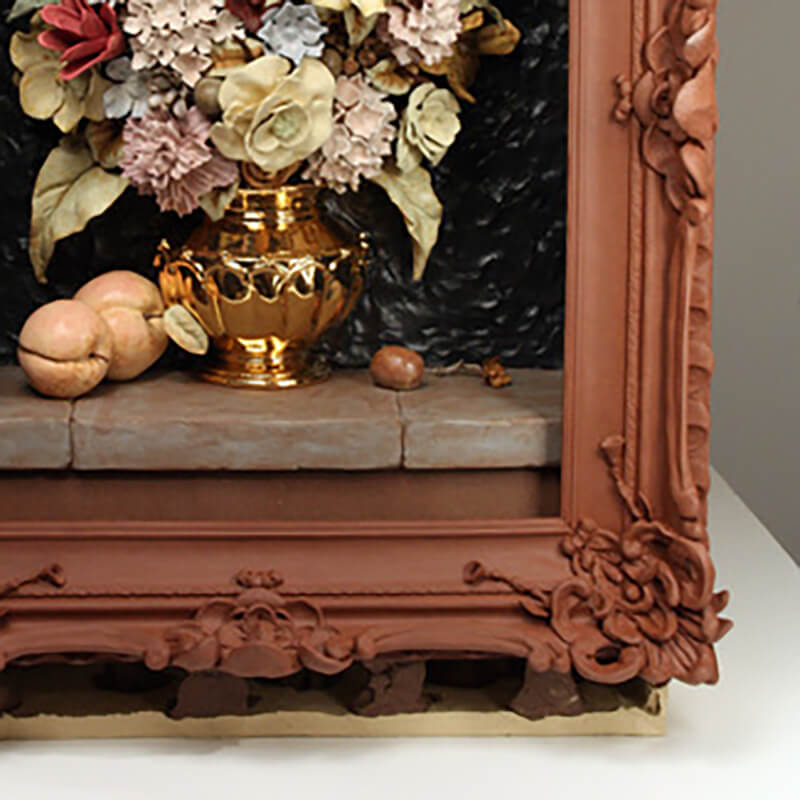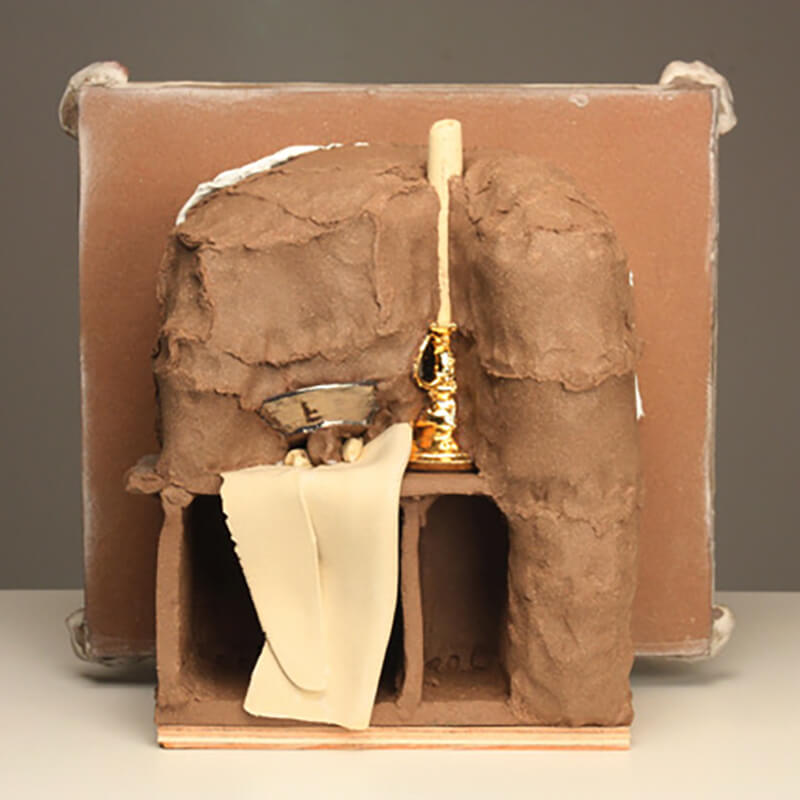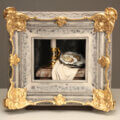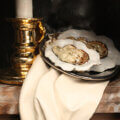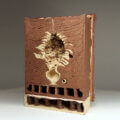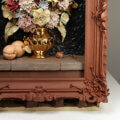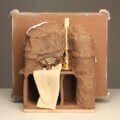
Red Lodge Clay Center – Short-Term Resident (AIA) 2022
Dirk Staschke is a full-time studio artist who is best known for his exploration of Dutch Vanitas still life themes in the medium of ceramics. His current body of work explores the space in between sculpture and painting and often uses meticulous representation as a foil for examining skill and craft.
He received his BFA from the University of Montevallo followed by an MFA from Alfred University and has maintained an ongoing studio practice and extensive exhibition record for the last twenty years. During this time, he has taught at many notable universities, including Alfred University and New York University. His work has been shown internationally and resides in the permanent collections of several museums including the Smithsonian Museum in Washington (DC), Icheon Museum, World Ceramic Center (Gwango-dong) South Korea, Crocker Museum (CA), Portland Art Museum (OR). He has received various artist’s grants including grants from The Virginia Groot Foundation and the Canada Council on the Arts.
Words about a sculpture of a painting made of fired earth.
Occasionally, Art allows for the manipulation of materials into something greater than the sum of its parts. I look to the still life as a window into the transcendent, an attempt to conjure the metaphysical from the mundane. This transformation through processes is analogous to a search for some deeper meaning or truth.
Dutch still life paintings, sometimes called Vanitas, are concerned with the futility of pleasure and the certainty of death. Religious in nature, the paintings also confer the belief that this world is somehow less real than the one that awaits. It is this modulation between the real and illusionistic that most interests me and ultimately makes my work about our perceptions.
I endeavor to explore the space in between sculpture and painting that neither medium can occupy alone. Look behind a painting and the illusion of space is lost. My work seeks to give that space a tangible form. Like a movie set, the knowable gives way to a backdrop of structures that exist in support and in reaction to its creation. Representation becomes a departure point and a foil for examining skill and craft.
My work is viewpoint dependent, at times making complete sense to the viewer as an organized painting yet completely discordant from other angles. Notions of front and back become subjective. The act of how something was formed imbues meaning. The relation of what is fully formed to what is left unfinished expresses that meaning. It contrasts perceptions of taste, ability, and worth.

